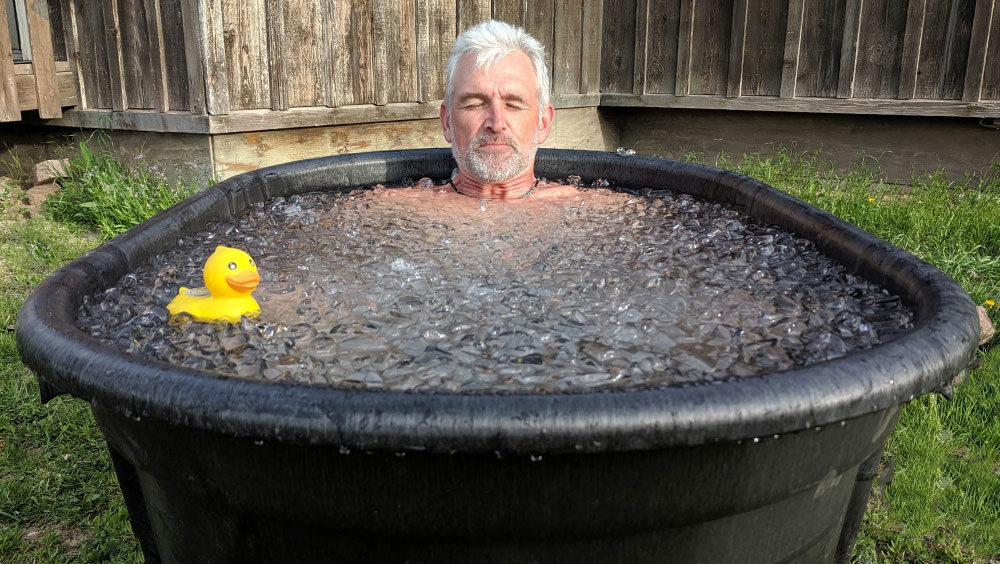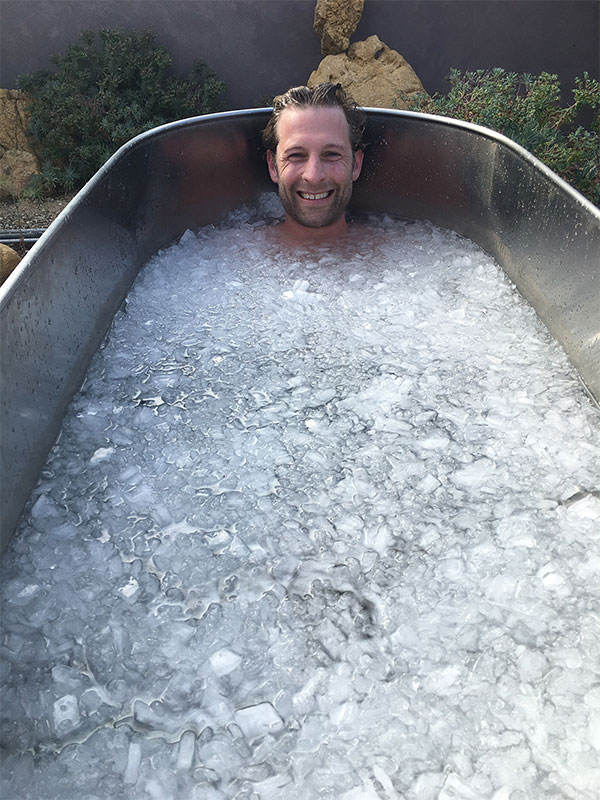
Athletes and celebrities have long endorsed ice baths for post-workout recovery, but new evidence suggests ice baths may not always be an effective choice.
Here are a few factors to consider before dipping into a freezing bath after a workout.
Benefits of Ice Baths

The most obvious benefit of ice baths are the immediate numbing and cooling effects, which provide immediate relief after an intense workout.
Cold temperatures from ice baths force blood vessels all over the body to constrict and dilate once the body returns to a normal temperature. This speeds up blood flow to the whole body, which can help reduce swelling and speed tissue breakdown.
It can also flush out soreness-causing lactic acid, potentially reducing the intensity of delayed-onset muscle soreness and making it easier to get back to crushing workouts.
Cold hydrotherapy is also linked to increased levels of beta-endorphin and noradrenaline, which can provide mood boosting and anxiety-reducing effects.
Downsides of Ice Baths

Research on ice baths is limited, and cold water dips may sometimes inhibit recovery more than they promote it. Icing muscles after intense endurance exercise can suppress inflammation, but may hinder muscle fiber growth and delay regeneration, reducing the overall efficacy of strength training. As such, the positive effects of ice baths might be more placebo than they are real.
Ice baths also pose legitimate risk under certain conditions. Freezing temperatures can cause hypothermia and pose additional risk for people with heart disease or diabetes. Ice baths should be limited to 15 minutes, and temperatures shouldn’t dip below 50 degrees Fahrenheit.